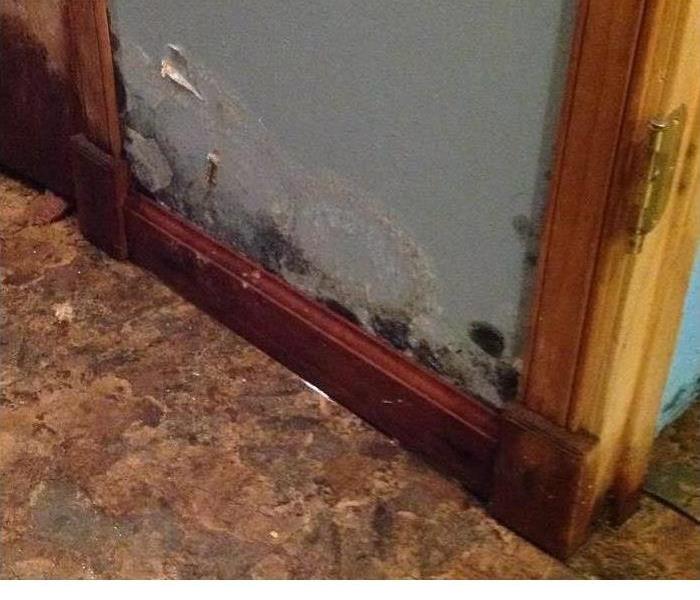Spring Mold Allergies
4/13/2018 (Permalink)
Mold allergy problems increase in the spring. This can be confused with a pollen allergy, but they are quite different.
You may be suffering from both, to make matters worse.
What can you do about it?
Mold is around all year because it grows indoors as well as outside. If you live far enough north to experience winter temperatures below freezing, mold allergies are usually less of a problem during those months.
Mold does not grow outside when it is frozen, and the drier air inside from heating reduced mold growth in your house as well.
Outside is a a different matter.
As temperatures increase, the mold begins to wake up. I’ve seen mold growing on top of snow as it melts, and under the snow, so that its already growing on the grass even before you can see the grass.
All of this aggravates your mold allergy
Last year’s leaf litter is this spring’s mold bed. There is no getting away from it.
Allergy shots may help with your mold allergy. See your allergist about this in the winter so that you’re already taking the shots before the spring mold season.
Open the windows for fresh air in the evening when temperatures are lower and the mold less active, then close them during the day. This is the opposite of what you should do in the summer in some cases.
Make sure the fresh air intake damper for forced air heating is turned off during the spring. Do open it during the summer and winter.
Reduce your humidifier setting to maintain a drier atmosphere inside. This discourages mold growth in your home.
Keeping your house a bit warmer in the spring may also help.
Spring can be a bad time for mold allergies, so do your best to avoid mold problems.






 24/7 Emergency Service
24/7 Emergency Service
